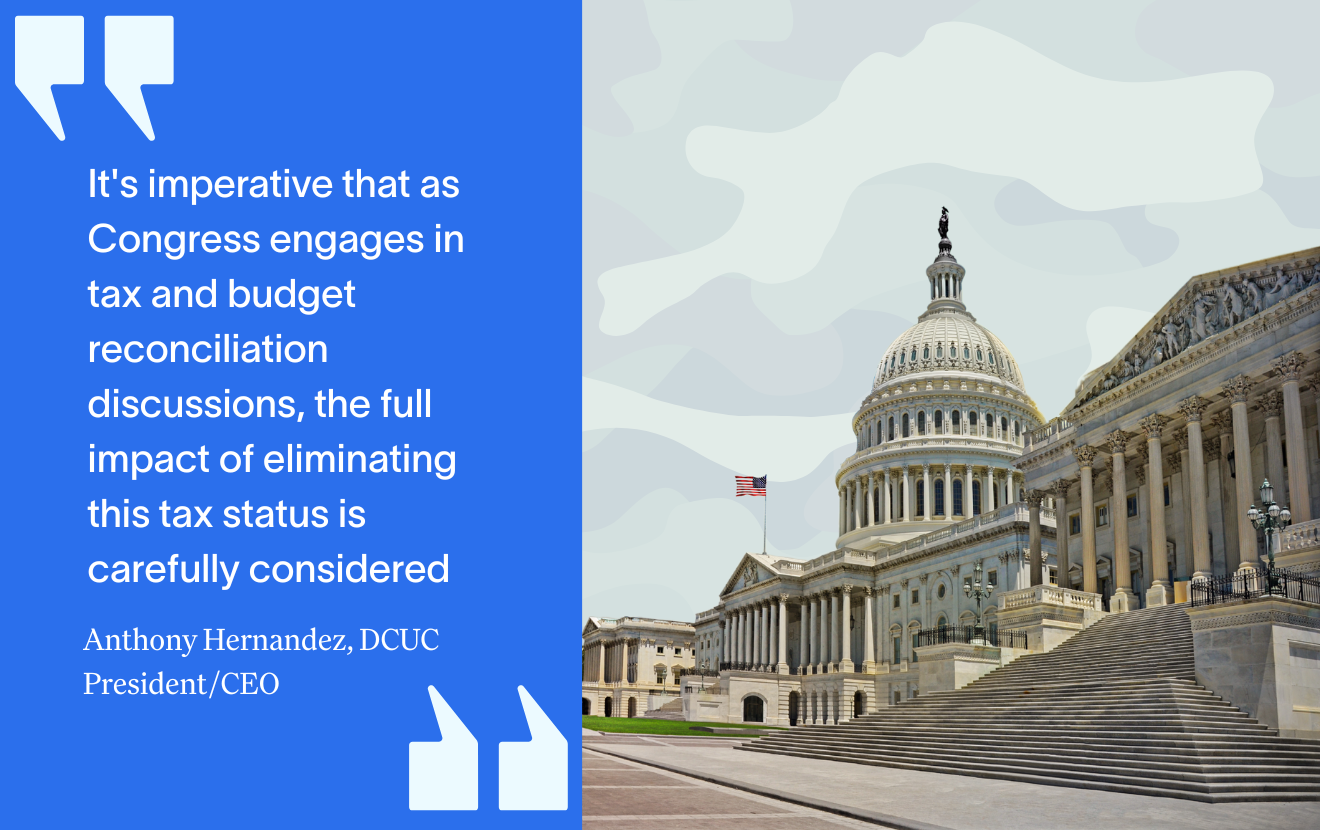I'll admit it: I'm a sucker for a good sports movie. One of my favorites is "Miracle," the 2004 movie starring Kurt Russell, who plays Herb Brooks, coach of the 1980 U.S. Olympic hockey squad, which (and I'll try to avoid any spoilers here, but the movie's title might have given it away already) had a very good run that year.
As I consider where we are today in terms of Fair Lending, there are two scenes from the movie that come to mind.
The first takes place immediately after the team plays to a draw against a supposedly inferior team. Kurt Russell's character lays it out for his team immediately after the game, before they can even leave the ice. I call it the "Again" scene.
“You guys don’t wanna work during the game? No problem, we’ll work now," says the coach, before adding, "Goal line.” The team skates to the goal line, and the coach then points to the far goal line and says, “Now.”
From that point, the scene plays out in excruciating detail as the coach keeps ordering his players to do sprints from goal line to goal line. Again and again and again (which, as you might suspect, is where I came up with the name for the scene). He rhetorically yells at the team the question: “You think you can win on talent alone? Gentlemen, you don’t have enough talent to win on talent alone.”
The coach doesn't relent until he has pushed his team to its limits. Perhaps even beyond. Along the way, there is a lot of pain.
I see a lot of parallels from that scene with where we are right now in terms of Fair Lending.
Herb Brooks seems to have a lot in common with today's governing bodies. There is Richard Cordray of the CFPB, who noted some positives within the industry in terms of Fair Lending, but then said the following in June 2013:
“We have found frequent instances where lenders had robust fair lending compliance programs for mortgage lending but weak or non-existent fair lending compliance for other types of consumer lending.”
Also taking it to another level is the NCUA, which has launched into Fair Lending examinations with gusto via its new Fair Lending Guide, best practices document, and its FAQs, all released this year.
This year has also seen a rise in disparate impact cases, including one that has gone as far as the U.S. Supreme Court. The U.S. Department of Housing and Urban Development (HUD) published a new proposed rule this year to further promote the right to fair housing, and is working to provide data for every neighborhood in the country to detail access that minorities have to a variety of local assets, not just housing.
While most credit unions may not be selected for Fair Lending exams, it's worthwhile to keep in mind that institutions with demonstrated higher Fair Lending risks may be selected for exams.
What can credit unions do to manage their risks for Fair Lending exams?
To answer that, I'd like to return to "Miracle" one more time.
In the movie, the coach asks every player to take a test. It's not a hockey test; it’s a psychology test. Some players take it and some don’t. It turns out that, from the coach's perspective, it wasn't about the outcome of the test itself, but it was whether the player took the test at all that was the pivotal factor in determining who would remain on the team.
While it is unrealistic to expect that the NCUA would consider a credit union that merely conducts a Fair Lending self-assessment to have made the "not-to-be-examined team" (movie-compliance analogies can only be stretched so far), it is the prudent credit union that demonstrates its awareness of the potential for Fair Lending risk by subjecting its programs to periodic review.
A sound Fair Lending assessment should consist of the following areas:
- Product Macro Elements. A look at the overall product line, whether there have been any new loan products introduced, perhaps with special offers, introductory rates, bonuses, rebates, etc. Have there been direct-mail pieces created to promote these new items?
- Micro Product Elements. Every product type should be listed, along with an indication of which products have variable or risk-based pricing. Special compensation and incentives, if any, related to each product should be indicated.
- Marketing Efforts. What type of reviews of marketing pieces are in place? Is there a consideration as to whether marketing efforts penetrate minority areas of the institution's market? Is there consideration for the types of pre-screening that may have been done on the distribution lists that are being used? What types of scripts are used in marketing efforts?
- Fair Lending Underwriting Approach. What efforts are in place to promote the completion of written applications? Is the underwriting decision centralized or decentralized? Are there underwriting guidelines for computing income, evaluating credit scores, etc.? How are exceptions handled? If third parties are used in the process, how does the institution promote Fair Lending principles to them? Has the institution received any complaints regarding Fair Lending?
- Fair Lending Disclosure Elements. Are the applications gender-neutral with respect to titles? Do they properly disclose information regarding a spouse or former spouse and the inclusion of alimony? How does it ensure proper collection of HMDA monitoring information? What procedures are in place for reviewing Adverse Action Notices, Risk-based Pricing Notices, etc.?
- Fair Lending Loan Servicing & Collections. What policies and collection practices are in place to ensure fair treatment of borrowers? How does the institution ensure that credit information supplied to consumer reporting agencies is in accordance with the borrower agreements?
While this exercise may be painful in the short term, at the very least, it may help the credit union demonstrate its attention to Fair Lending concerns. At the other end of the spectrum, it may help the credit union identify problem areas that need to be addressed before they are identified in a far more adversarial environment.
To assist credit unions seeking to conduct such a self assessment, NeighborBench has developed a Fair Lending Assessment Questionnaire. This 7-page guide is available at no charge. To get your free copy, please visit: http://nbhotlist.com/nb-hot-tip-time-to-put-on-your-fair-lending-flaq-jacket/ or contact Mike Lane at mike.lane@neighborbench.com.







